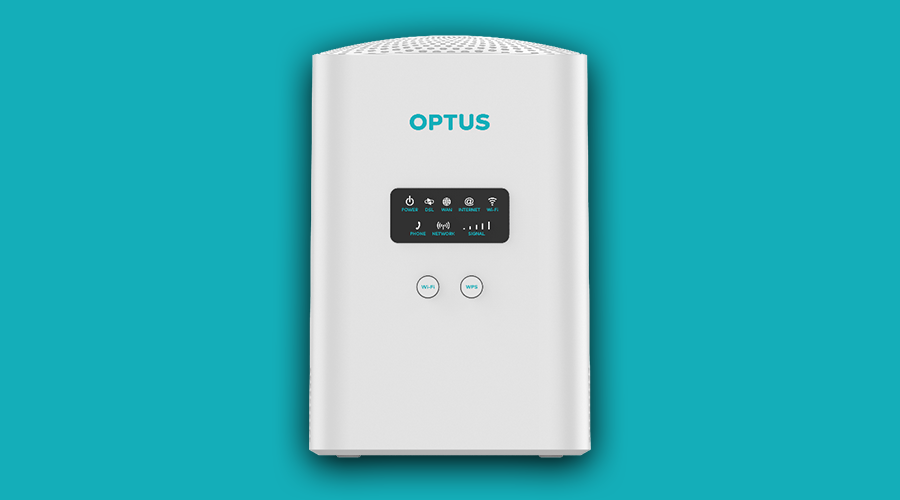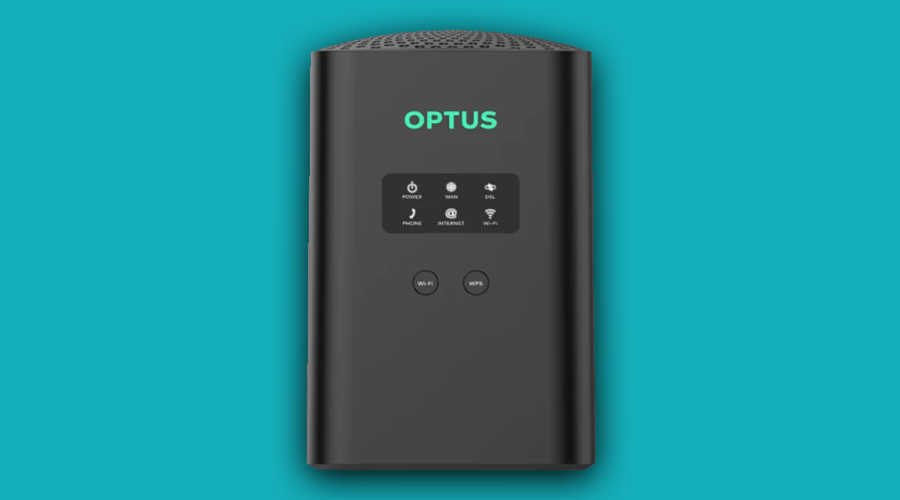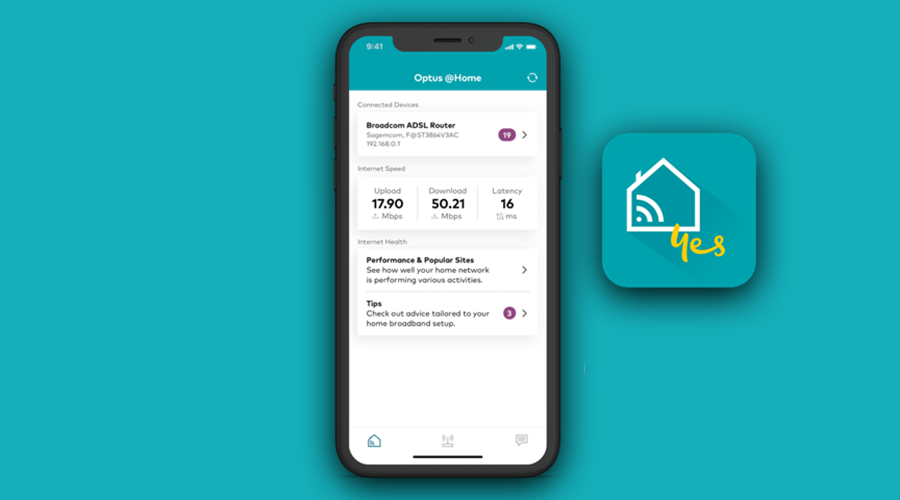Optus Mobile Review ALDI Mobile Review Amaysim Mobile Review Belong Mobile Review Circles.Life Review Vodafone Mobile Review Woolworths Mobile Review Felix Mobile Review Best iPhone Plans Best Family Mobile Plans Best Budget Smartphones Best Prepaid Plans Best SIM-Only Plans Best Plans For Kids And Teens Best Cheap Mobile Plans Telstra vs Optus Mobile Optus NBN Review Belong NBN Review Vodafone NBN Review Superloop NBN Review Aussie BB NBN Review iiNet NBN Review MyRepublic NBN Review TPG NBN Review Best NBN Satellite Plans Best NBN Alternatives Best NBN Providers Best Home Wireless Plans What is a Good NBN Speed? Test NBN Speed How to speed up your internet Optus vs Telstra Broadband ExpressVPN Review CyberGhost VPN Review NordVPN Review PureVPN Review Norton Secure VPN Review IPVanish VPN Review Windscribe VPN Review Hotspot Shield VPN Review Best cheap VPN services Best VPN for streaming Best VPNs for gaming What is a VPN? VPNs for ad-blocking These steps may help you get back online, or they may help eliminate troubleshooting possibilities if you do have to reach out to Optus technical support. Please note that while this guide is specific to Optus NBN internet problems, many of these steps are also applicable to Optus Cable and Optus DSL. If you reach the bottom of this guide and still don’t see an improvement in speed or stability, it might be time to switch providers. Head over to our monthly round-up of the best NBN plans available to check out your alternatives. Not with Optus? Check out our comprehensive guide for steps to take when you’ve got slow or no internet connection. Previously, Optus has supplied other networking devices, which are still approved for NBN use. There are three from Sagemcom – the F@ST 3864V3 OP, F@ST 3864V3 AC, and F@ST 3864 – and the Netgear EVG2000. The big difference between the Optus Ultra WiFi modem and the Sagemcom F@ST 5366 TN is that the Optus-branded modem offers 4G backup (up to 25Mbps download and 2Mbps upload) in the event of a fixed-line network outage, while the Sagemcom does not. If you’re an Optus Wireless Broadband user, supported networking devices are the Huawei B818 and Netgear AC800S. Optus also lists minimum computer requirements for fixed broadband connections. This amounts to a PC that’s running Windows 7 with Service Pack 1 and/or a Mac with macOS X 10.10 (Yosemite). Both computer options should have a working Ethernet port or WiFi connection. You can find a list of default Optus modem passwords here. That said, like Telstra NBN equipment, there are some basics to understanding what the lights on the Optus modem-router mean. There are also buttons for WiFi and WPS on the front. The WiFi button will enable and disable your WiFi network, so it’s best not pressed unless the light is off. The WPS button is there to facilitate speedier connection of new wireless devices on your network. Once again, there’s no online manual to explore specifics of the networking device, but Optus does offer a quick-start guide for initial setup.
Fibre-to-the-Curb (FTTC) Fibre-to-the-Premises (FTTP) Fibre-to-the-Node (FTTN) Fibre-to-the-Building/Basement (FTTB) Hybrid Fibre Coaxial (HFC) Fixed Wireless
These generic settings are intended for FTTP, FTTN, FTTB, FTTC, HFC, and Fixed Wireless:
Encapsulation: PPPoE Authentication Method: CHAP or PAP Connection Type: Ethernet WAN (FTTP and Fixed Wireless); VDSL2 Annex B with Vectoring (FTTN, FTTB, FTTC)
There are also specific settings for FTTN, FTTC and FTTB connections:
Modulation: VDSL2 Annex B (G.993.2) VDSL2 Profiles: 17a and 30a VDSL2 PVC VPI/VCI: Auto or PTM G.INP/G998.4: Enabled G.Vector/G.993.5: Enabled SRA (Seamless Rate Adaptation): Enabled VLAN ID: Disabled/None
Finally, if you want to manually tinker with Optus DNS settings:
Primary DNS: 198.142.152.164 Secondary DNS: 198.142.152.165
The first step is to check for a network outage. Visit the Optus Check Network Status page, then click on the ‘Outages’ tab that’s in the top-right of the map. Click the ‘Fixed Outages’ box just below the ‘Outages’ tab, then type in your address to check for outage information. Where relevant, there may be an option to report an outage if you suspect there’s one in your area. If there’s not a reported Optus network outage, ensure that your account isn’t overdue as this may lead to restricted internet. It’s also worth checking NBN’s Network outages page to see if there is any current or upcoming maintenance in your area that may impact your internet connection. If there’s no outage, follow these next steps. If not, let’s move on. The DSL and Internet lights should be solid blue, with blinking blue indicating that it’s configuring your NBN connection. If there’s no light, contact Optus technical support. The LAN light should be blinking blue to indicate a connection to your Optus modem-router or other external router. You want to ensure that the Ethernet cable from your Connection Box is connected to the port on your router or modem-router that’s marked ‘WAN’ or ‘Internet’. If the Online light is on with the DS and US lights flashing, this means the Connection Box is automatically updating its firmware. Optus advises you to wait up to 30 minutes for the update to complete. The lights should then return to steady green. Speaking of firmware, Optus modem firmware updates are pushed out automatically. What you want to see are solid green lights for the Power and Optical indicators. Flashing green on Power means the Connection Box is starting up, which may take up to 15 minutes to fully finish configuration. A red Power light means it’s running on battery. No Power light means either the wall outlet is off or there’s something wrong with the Connection Box. For the latter, contact Optus technical support. The Optical light should be either solid green or flashing green (flashing means it’s sending data). If the Optical light is red or off, it means the modem has lost its connection and you should contact Optus technical support. If the Power light is red, it means the Connection Box is operating on low battery power. If it’s off, check the power is connected correctly and switched on. If the Status indicator is red, power down the Connection Box, then power it back on after 30 seconds. It will take a few minutes to properly reboot, during which time you’ll likely notice a blinking amber light that is normal when the device is starting up. If the ODU light is solid red, power it off for 30 seconds, then turn it back on. If the light returns to red after a few minutes or if it’s blinking red, contact Optus technical support. The Signal Indicator light displays signal strength in terms of green (good), amber (okay), or red (weak). In this instance, a red light doesn’t indicate a problem with the Connection Box. If the Internet light is on, it’s time to check your WiFi connection. After this, check the WiFi light on your router or modem-router. If it’s off, check for a corresponding button (which may even be the light) to enable/disable it. If the WiFi light is on but your devices still can’t connect, power cycle the router or modem-router by powering it off for 60 seconds. You should also restart or power cycle any devices that are having trouble connecting, but do this after the router or modem-router has restarted. Still no ’net? Try an Ethernet connection from a computer to your modem-router or router. If that connects, contact Optus (for networking equipment it’s provided) or your networking device vendor for advice on tweaking your WiFi setup. If none of these steps work, contact Optus technical support and let them know what troubleshooting you’ve already performed. Optus prefers that you have an Ethernet connection directly from a computer to your modem or modem-router to assist with troubleshooting tests.


